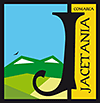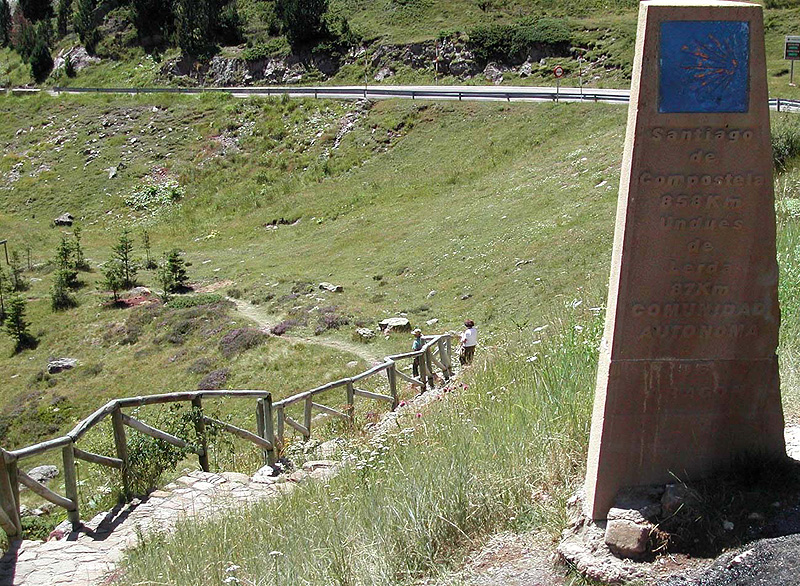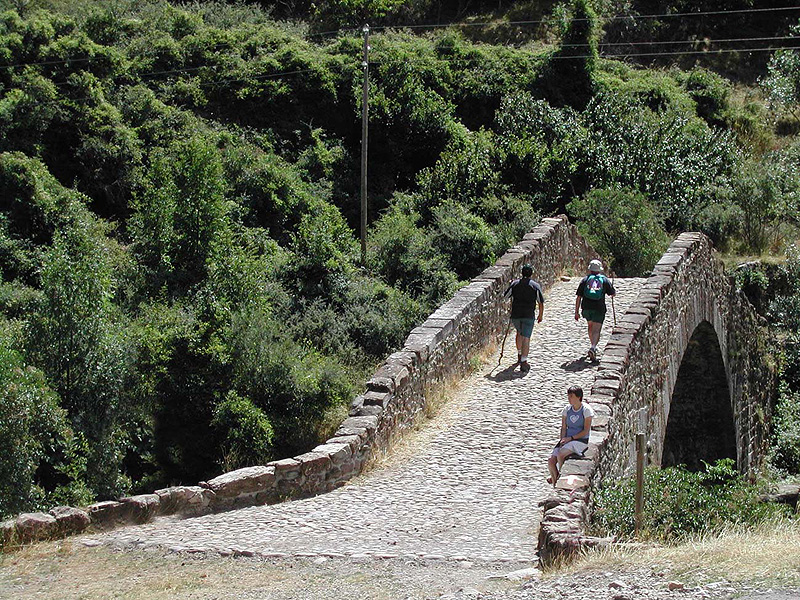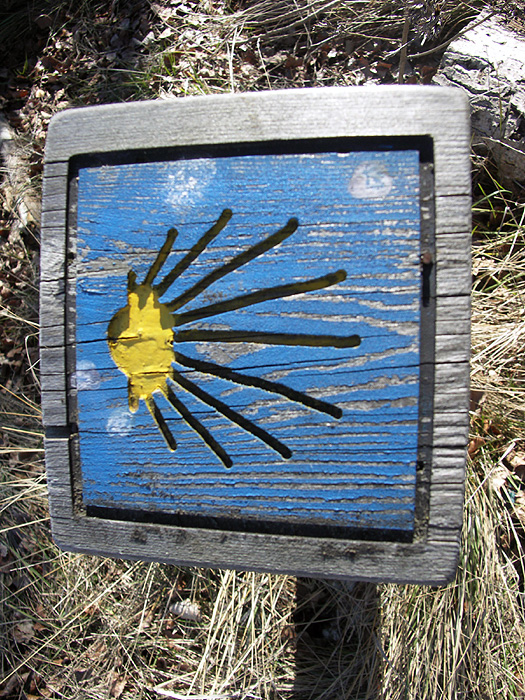The Santiago Pilgrimage Route
In times past, the Aragonese section of the Santiago Route was one of the most popular routes for pilgrims, travellers and traders who followed the ancient route of the stars. The Aragonese “Camino”, a branch of the French “Camino”, enters Spain via the Somport Pass and follows the Aragon River until it joins the Roncesvalles branch in Puente la Reina (Navarre).
The existence of a Romanesque cathedral in Jaca bears witness to the importance of the pilgrimage route and to the need for a conspicuous symbol of religious power when Sancho Ramirez founded the city. The “Summus Portus” (Somport) had always been the obvious pass used by armies and travellers. The location in Somport of the Santa Cristina Hospital, one of the three most important hospitals in christendom, reflects the significant number of travellers that chose the Aragonese route throughout the centuries.
“Three in particular are the pillars of extraordinary usefulness that the Lord has established in this world for the succour of His poor, these being the hospital in Jerusalem, the hospital of Monts Joux (Grand Saint-Bernard pass), and the hospital of Santa Cristina in Somport.” Thus is written in the Liber Peregrinationis of the Codex Calixtinus (12th century). Its French author, Aymeric Picaud, adds, “These hospitals are located in areas of real need and consist of holy places, temples of God, places for good pilgrims to recover, and rest for the needy, care for the infirm, salvation for the dead and aid for the living”.
The pilgrims reached Jaca through the Canfranc valley and continued through the Berdún plains to Undués de Lerda, on the border with Navarre. This is a 90 km section of unparalleled beauty and contrasts, beginning in the Pyrenean peaks and ending in the extensive cereal plains. Littered along the route are a considerable number of monuments of great historical and artistic importance, such as the medieval bridge in Canfranc, the monastery of San Juan de la Peña (slightly off the beaten track) and a number of churches including the ones in Santa Cilia, Santa Cruz de la Serós, Berdún or Artieda, to name but a few.
The pilgrim can get his or her pass stamped at the Santiago Church in Jaca and can rest in any of a number of hostals which have been set up for this purpose along the length of the Aragonese route, among them those in Jaca, Santa Cilia and Arrés. Coinciding with the last Jacobean Year (2010), the “Camino” underwent restoration and consolidation and a number of improvements were made in sections which were difficult for pilgrims to negotiate. Several bridges have been put in and additional sign posts have been put up to help promote the route which climbs up from Oloron in the Aspe Valley.
INTERESTING LINKS:
http://www.caminodesantiagoporaragon.com/
http://www.caminosantiago.org
http://www.jacajacobea.com
Also consult...
¤ Monuments
¤ Nature
¤ Villages
¤ Sport
¤ Tourist Offices
¤ Museums and Interpretation Centres
Guided tours 360°
Ciudadela de Jaca
[Español] · [Inglés]
Monasterio de San Juan de la Peña
[Español] · [Inglés]
Fort du Portalet
[Español] · [Francés]
follow us in...




 Comarca de La Jacetania
Comarca de La Jacetania
C/ Ferrocarril s/n 22700
JACA (Huesca)
T. (+34) 974 356 980
F. (+34) 974 355 241
:: Oficina de Turismo de JACA: 974 360 098
:: Oficina de Turismo de CANFRANC:
974 373 141
Site Map









